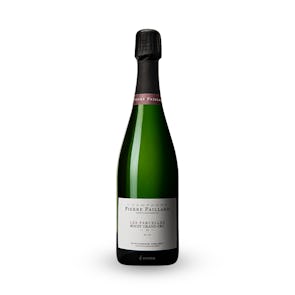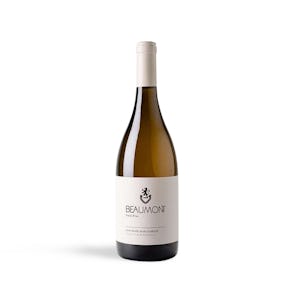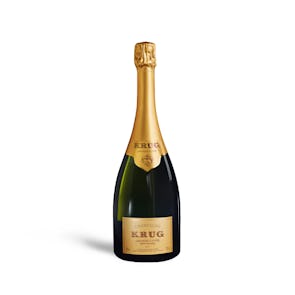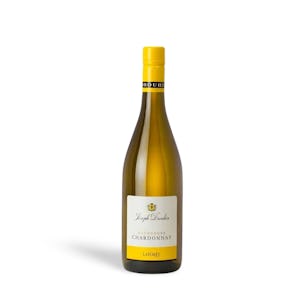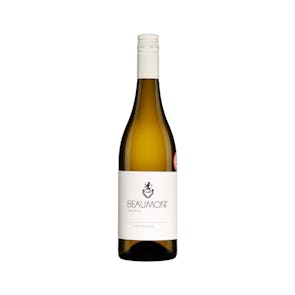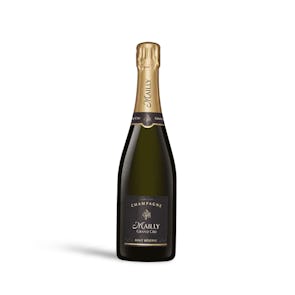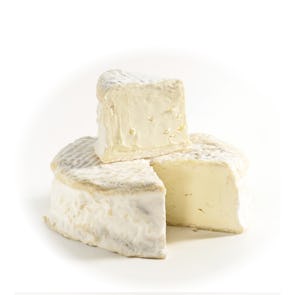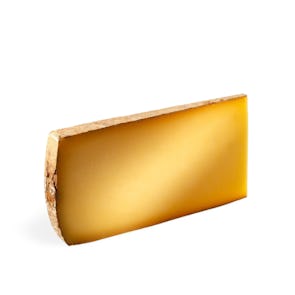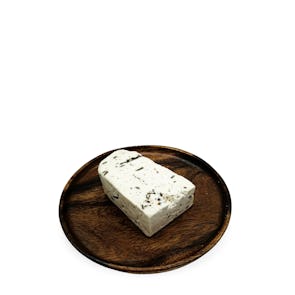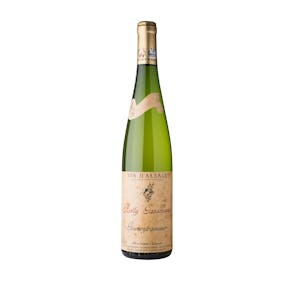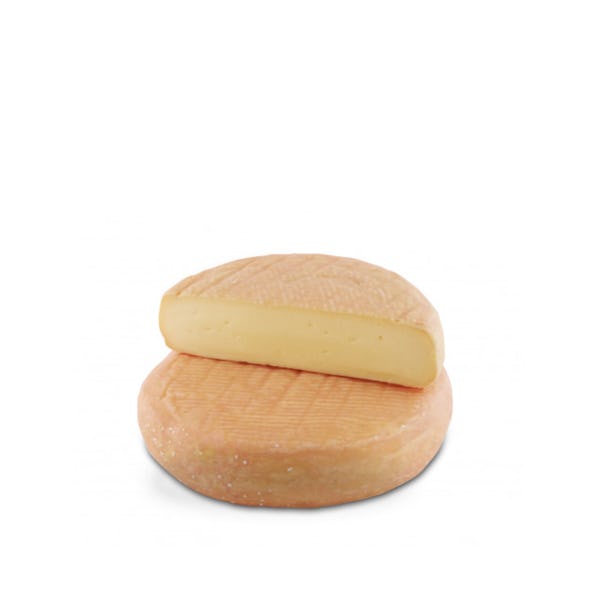
Munster AOC
Farmhouse funk for discerning palates
Flown in fresh just for you
This product is on preorder and the next shipment is scheduled to arrive on Tuesday Jan 13 , 2026. Your delivery will be dispatched as soon as the product arrives.
TASTING NOTES FROM THE CURATOR
The Munster reveals itself in layers, like a good novel whose complexity unfolds with each sitting. Its aroma arrives first—pungent, barnyard-forward, unapologetic—clearing the sinuses and announcing its presence with the subtlety of a tuba in a string quartet. Yet this initial olfactory assault belies the nuanced interior. The paste, ivory to straw-colored depending on seasonality, achieves that rare paradox of being simultaneously creamy and substantial. It resists slightly before yielding to pressure, then melts with languorous inevitability across the palate.
The flavor profile presents a symphony of contrasts: salty and sweet, tangy and meaty. Initial notes of fresh cream and sweet hay give way to an earthy robustness that speaks to its Alpine origins. The cheese delivers mushroom umami, caramelized onion depth, and subtle hints of smoked meat, all while maintaining a lactic brightness that prevents heaviness. Unlike factory-produced imitations, authentic Munster AOC possesses a distinctive mineral quality—a direct transmission from the rich grasses of the Vosges mountainsides. Its lingering finish contains whispers of fermented fruit and damp forest floor, complex echoes that persist long after the cheese itself has disappeared.
PREPARATION OR PAIRINGS
Munster requires a certain boldness in its companions, partners willing to dance with—not shrink from—its formidable character.
- Liquid Companions: Reach for the traditional Alsatian Gewürztraminer, whose aromatic intensity and hint of sweetness provide perfect counterpoint to the cheese’s pungency. Alternatively, a malty Belgian Trappist ale creates a rustic harmony that evokes centuries of monastic traditions. For the adventurous, a peaty Islay Scotch whisky embraces rather than retreats from Munster’s assertiveness.
- Accompaniments: Serve with pumpernickel bread or walnut-studded levain to provide earthy foundations. Tart apple slices offer palate-cleansing acidity between bites, while toasted cumin seeds (a traditional regional pairing) amplify the cheese’s deeper notes.
- Culinary Applications: Beyond the cheese board, Munster transforms when melted into Alsatian tartiflette, lending depth to this potato gratin. It also provides unexpected complexity to caramelized onion tarts or creates a funk-forward grilled cheese when paired with sourdough and sautéed mushrooms.
Allow Munster to breathe at room temperature for at least one hour before serving to unlock its full aromatic potential and textural magnificence.
The Cheese That Divided Mountains
The story of Munster is one of territorial disputes and monastic ingenuity. Its name derives from the Latin “monasterium,” pointing to its origin in the Benedictine abbeys that once dominated the Vosges region. For centuries, the cheese became the subject of a peculiar tug-of-war between Alsace and Lorraine, with each region claiming rights to the legendary fromage. The monks who developed Munster did so as a clever solution to preservation—the washed rind technique repeatedly bathed the cheese in brine, sometimes fortified with local eau-de-vie, creating an environment hostile to harmful bacteria but hospitable to the beneficial microflora that give the cheese its distinctive character. This technique transformed simple mountain milk into a protein-rich food that could sustain communities through harsh Alpine winters.
During World War I, when the Franco-German border shifted repeatedly across the region, Munster production continued uninterrupted—perhaps the only thing the warring factions could agree upon was the transcendent importance of this regional treasure. The AOC (Appellation d’Origine Contrôlée) designation, granted in 1969, finally established formal boundaries and production standards, ending centuries of delicious dispute.
Storage Instructions
Store unwrapped in a specialized cheese paper or loosely wrapped in wax paper, then placed in a perforated container to maintain humidity while allowing the cheese to breathe. Keep in the warmest part of your refrigerator (typically the vegetable drawer) at 45-50°F. Isolate from other foods to prevent cross-contamination of aromas.
For optimal flavor development, consume within 2-3 weeks of purchase.

